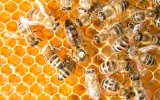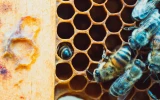When Is It Too Late To Split a Beehive
Splitting a beehive is a great way to expand and manage your beekeeping operation. But knowing when to split a beehive can be tricky. Splitting too late can lead to a hive that is overcrowded and may not produce as much honey as it should.
It's too late to split a beehive when it's already too crowded and the queen is not laying enough eggs. To split a hive, do it in the early spring when the colony is small and the queen is laying plenty of eggs to ensure the colony is strong enough to survive. If you wait too long, the colony may be preparing to swarm.
On the other hand, splitting too soon can be wasteful and cause the hive to become too weak. In this article, we'll discuss when it's too late to split a beehive.
Summary
- Split a beehive when its population is at its peak.
- Splitting a beehive too late may have multiple consequences, not only for the bees but also for the beekeepers.
- Look for the signs before you split a hive to ensure it's the perfect time to do the process.
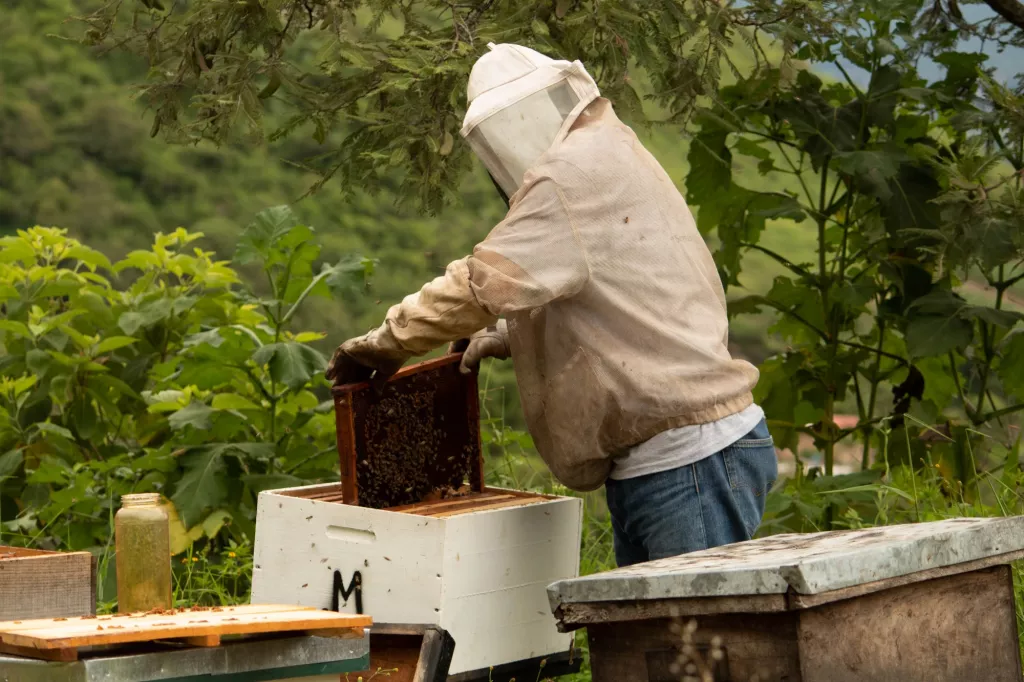
On this page:
Time to Split a Beehive
It is generally recommended to split a beehive when the population is at its peak. This is typical during the early spring when the weather is warmer, the flowers are starting to bloom, and the hive is full of food stores.
If you wait too long to split the hive, the population may become too large for the existing space, leading to overcrowding and reduced honey production. If you wait until the summer or fall to split a beehive, the population may become too small, resulting in weakened colonies and less honey production.
Additionally, the bees may struggle to survive through the winter, as the cold temperatures may be too much for the weakened colony. To ensure the best possible outcome for your beehive, it is best to split it when the population is at its peak during the early spring. This will give the bees enough time to build up their strength and food stores before the colder months arrive.
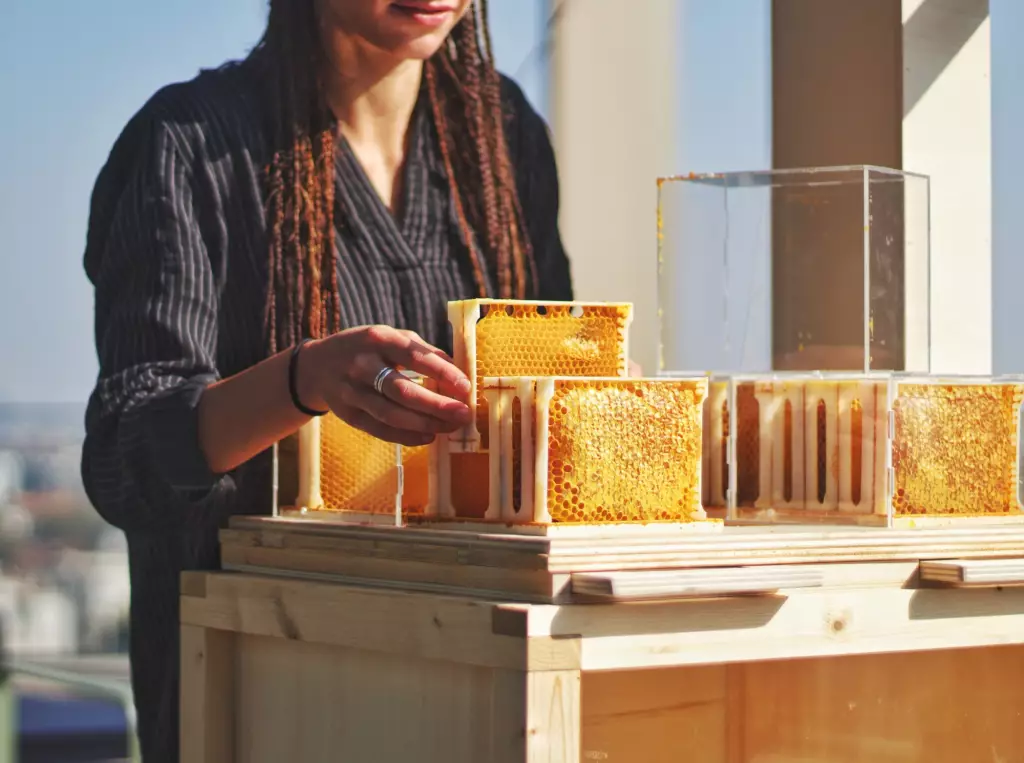
Consequences of Splitting a Beehive Too Late
Splitting a beehive too late can have serious consequences for the health and productivity of the hive.
If a beehive is split too late in the season, the new hive may not have enough time to establish itself before the winter months arrive. Without sufficient time to establish a strong population and build up stores of food, the new hive will be at risk of starvation and death during the winter.
In addition, if a beehive is split too late, the new hive may not have time to build up enough of a population to defend itself from predators or pests. This could put the new hive at serious risk of infestation or attack, potentially jeopardizing the health of the hive and reducing its productivity.
Splitting a hive too late can cause the bees to abscond (leave the hive), meaning that the queen will have to try to find a new home and start a new colony, which can be difficult and time-consuming.
Finally, splitting a beehive too late may impact the overall health of the hive. A new hive made too late in the season may lack the genetic diversity needed for a strong, healthy colony. This can lead to weaker bees, lower productivity, and greater disease susceptibility. Splitting a beehive too late is a risky endeavor and should be avoided if at all possible.
Signs That You Can Split A Beehive
To be aware of the right time to split a beehive, you should look out for these things, so you can ensure that you’re doing it in the right season.
1. Spotting honeycomb
One of the most obvious signs that a beehive can be split is if you spot a honeycomb in the hive. This is because it indicates that the bees have already begun to expand their hive and create more room for their colony.
2. Increase in bees
Another sign that you can split a beehive is if you notice an increase in the number of bees entering and exiting the hive. This is because as the colony grows, it needs more space, and it will start to look for additional places to set up its hive.
3. Abnormal activity
A third sign that you can split a beehive is if you start to notice any abnormal activity in the hive. This could include bees clustering around a certain area of the hive or not flying in their typical patterns.
4. Lack of resources
Finally, if you spot a lack of resources in the hive, such as food and water, then this can be another indication that you can split a beehive. This is because the bees need these resources to survive, and if there aren’t enough, they may start to look for other places to live.
Importance of Splitting a Beehive On Time
Splitting a beehive at the right time is essential for the health and success of a bee colony. When a hive becomes too crowded, it can cause many problems, including fights between the bees, disease, and a lack of pollen and nectar. By splitting the beehive, the beekeeper can give the bees more space and resources and help the colony thrive.
Splitting the beehive also helps the bees produce more honey. When a hive becomes too crowded, the bees’ focus shifts from producing honey to searching for more space. Splitting the beehive encourages the bees to focus their energies on producing honey and gives them more resources to work with.
Finally, splitting the beehive allows the beekeeper to increase the size of their colony. By splitting the beehive, the beekeeper can create two new colonies from the existing one. This helps the beekeeper expand their operation and increase their honey production.
Splitting the beehive at the right time is essential for the health and success of a bee colony. By giving the bees more space and resources, the beekeeper can help the colony thrive and increase their honey production.
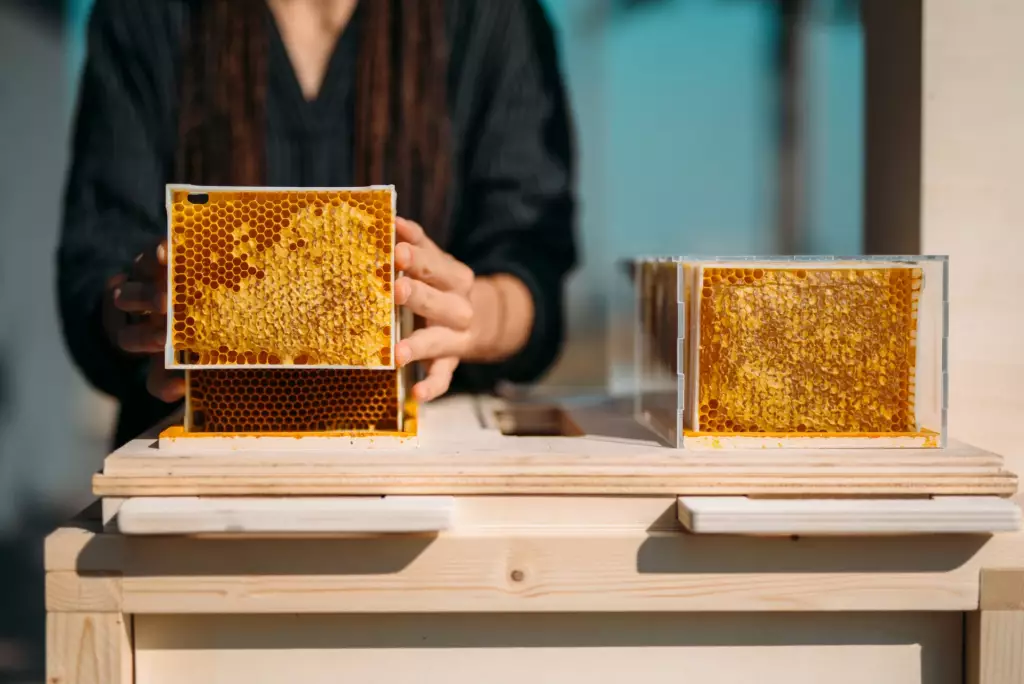
Splitting a Hive is Tricky
Splitting a beehive can be a tricky task for both novice and experienced beekeepers. To do it safely, you must have a good knowledge of bee behavior and be careful to avoid disturbing the hive too much. When splitting a hive, it is important to pay attention to the queen bee and make sure she is safely moved to the new hive. If the queen is not moved, the hive will struggle to survive.
Splitting a beehive can have both positive and negative effects on the bees. On the positive side, splitting a beehive can help alleviate overcrowding and can increase the number of productive hives. This can result in more honey production and better health for the bees.
On the negative side, splitting a beehive can be extremely stressful for the bees. It can disrupt their communication and cause them to become disoriented, potentially leading to the death of some of the bees.
Furthermore, when splitting a hive, the queen bee may be inadvertently separated from her workers, leading to decreased productivity and a reduced lifespan. In addition, splitting a beehive can also increase the chances of disease being spread among the bees, as well as predators being able to access the hive.
Although splitting a beehive may have some beneficial effects, it can also cause considerable stress and disruption to the bees, so it should be done only when necessary and with caution.
